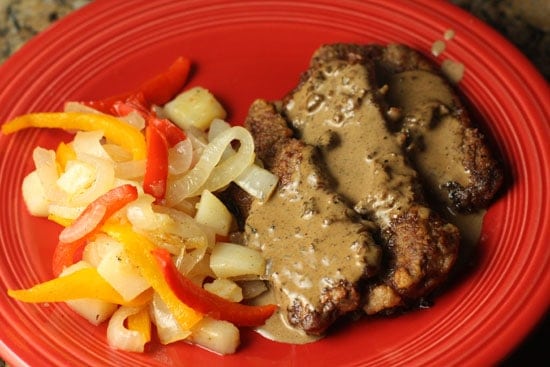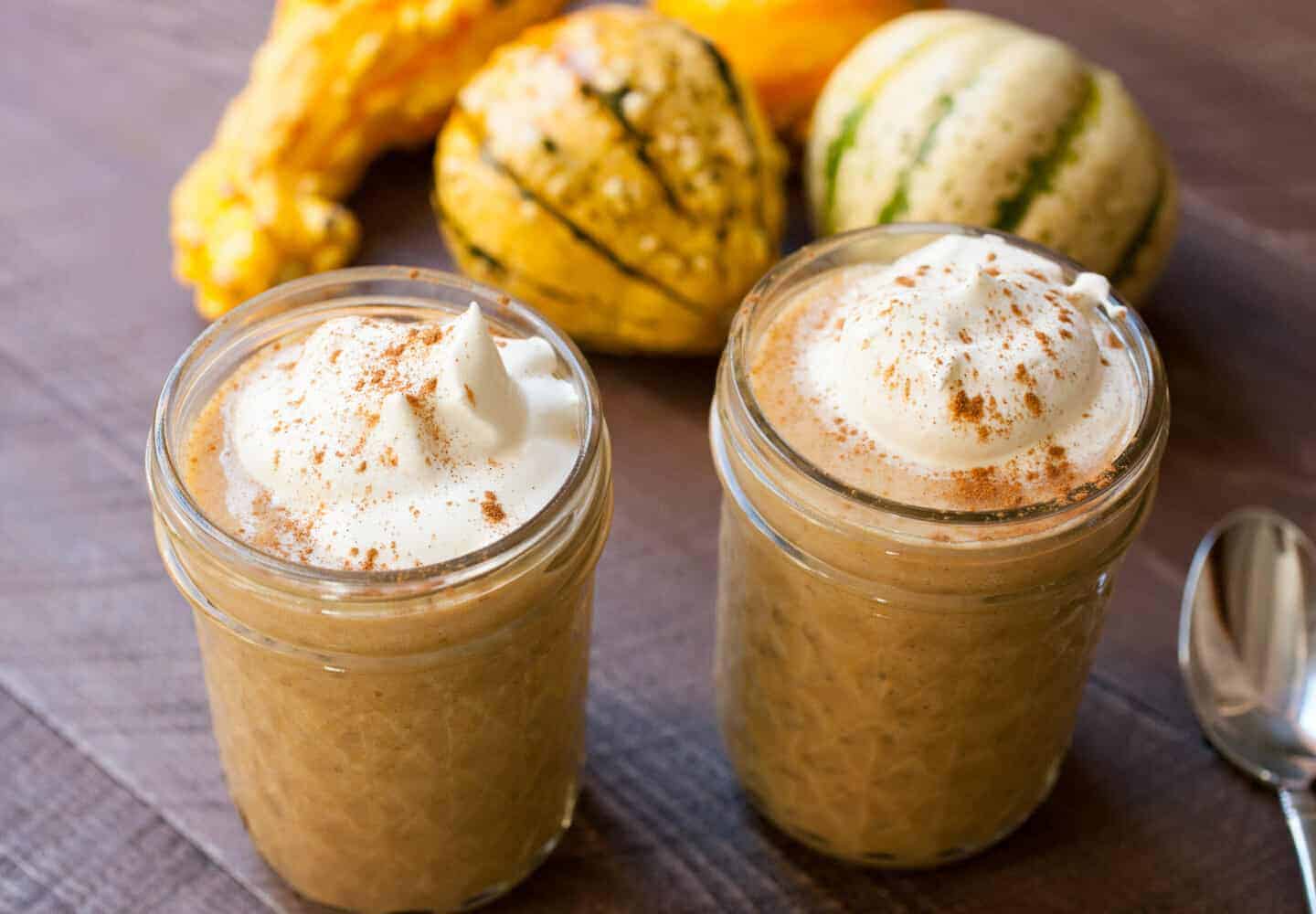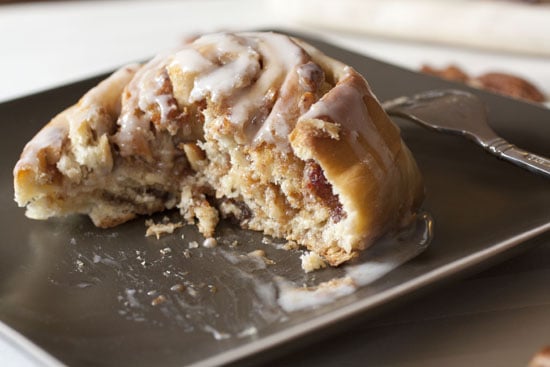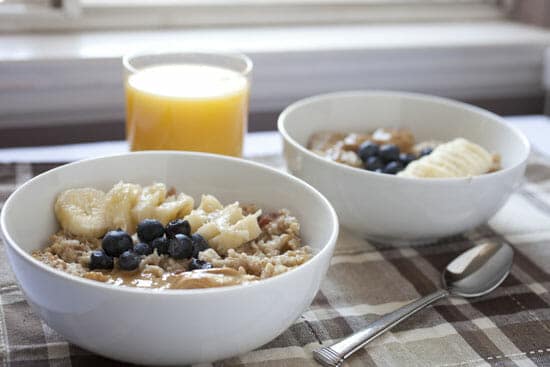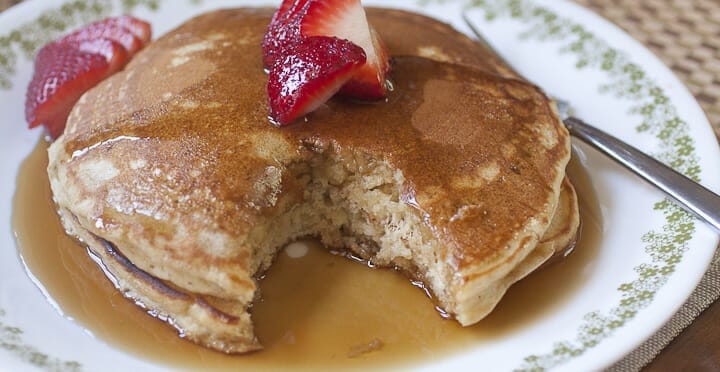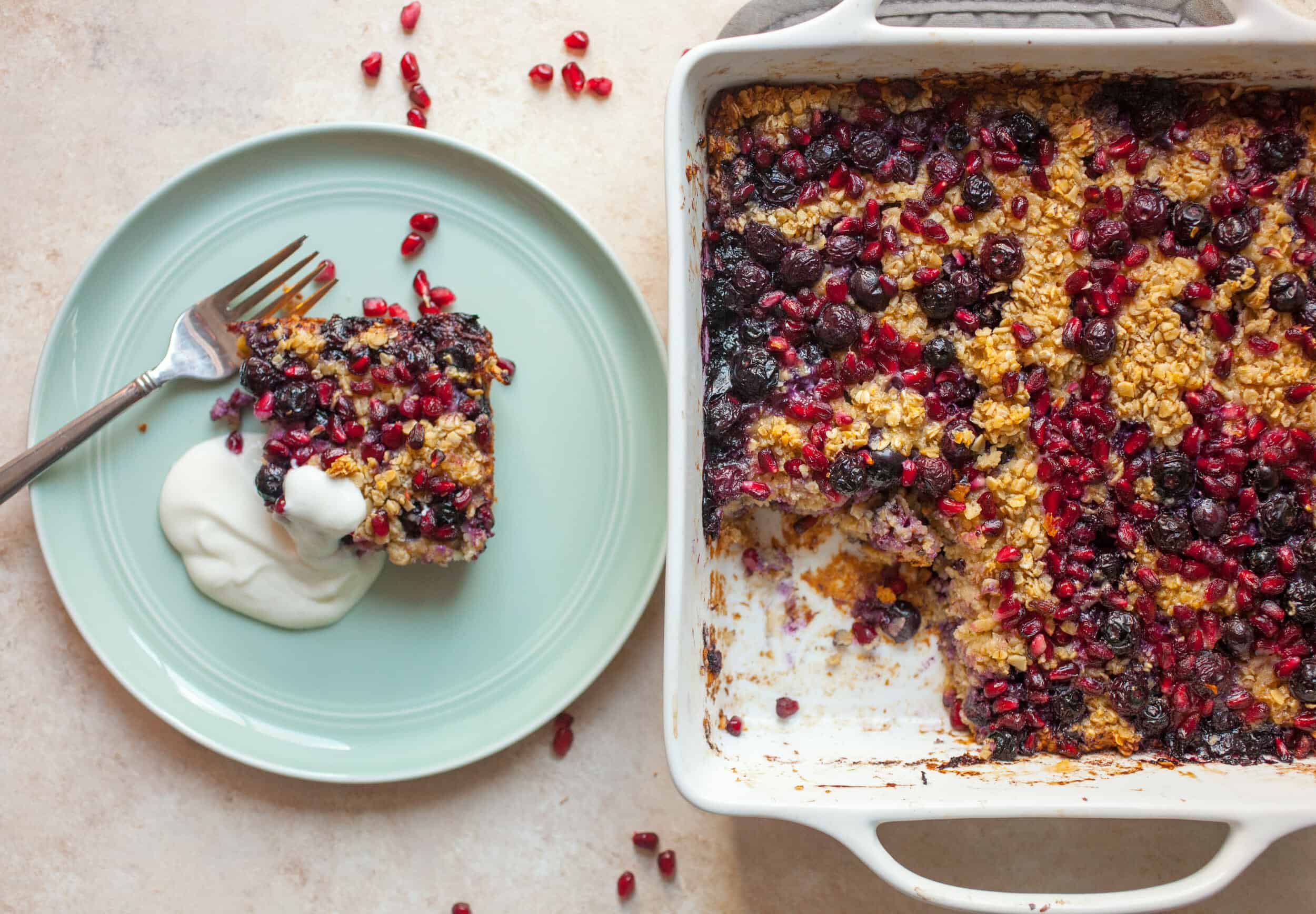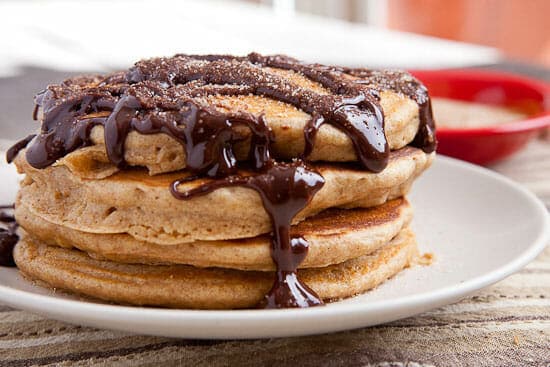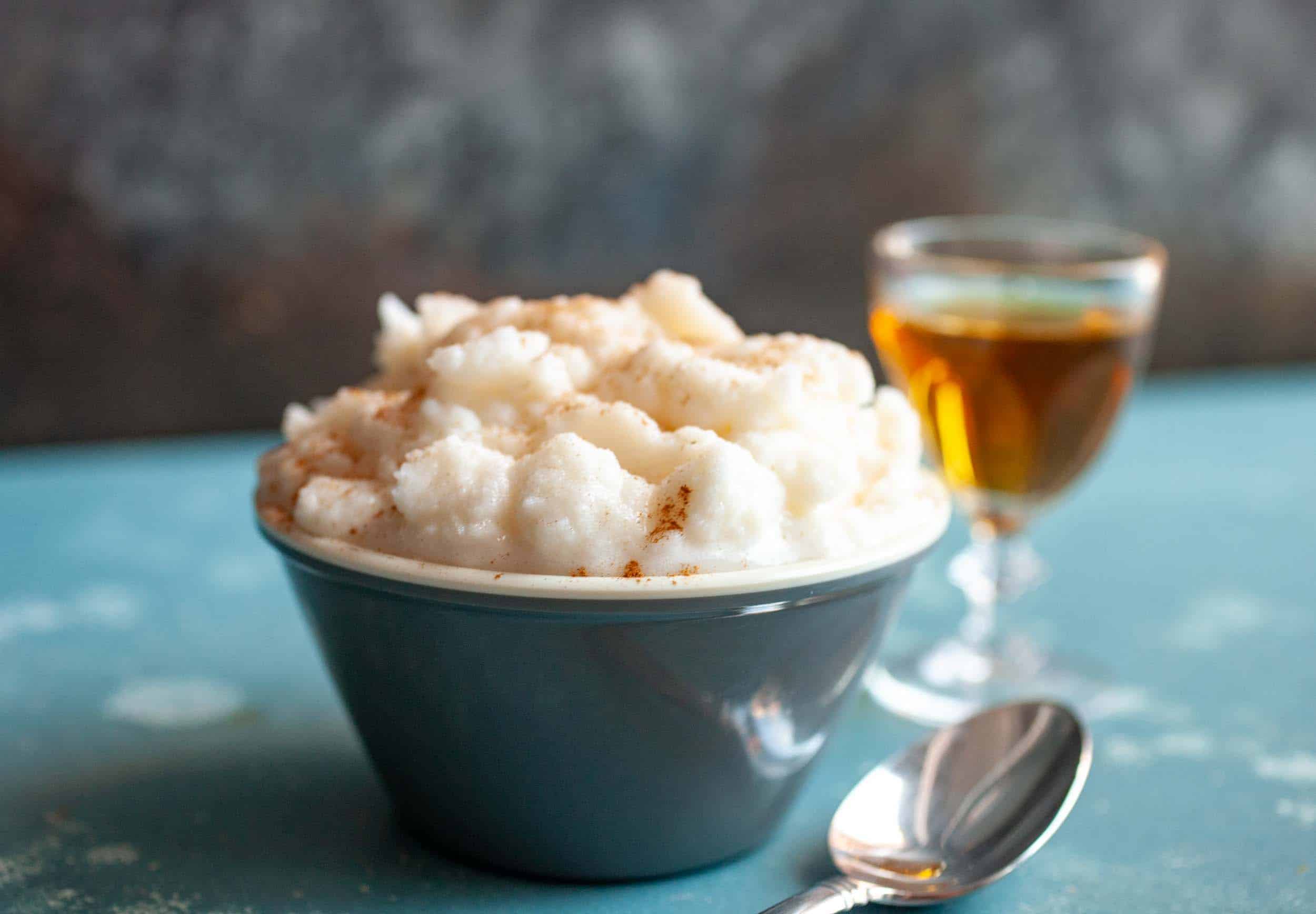Milk: Important Facts, Health Benefits, and Recipes
Milk is a dairy product, known for its high calcium content and potential health benefits, such as supporting bone health and aiding in muscle recovery after exercise.
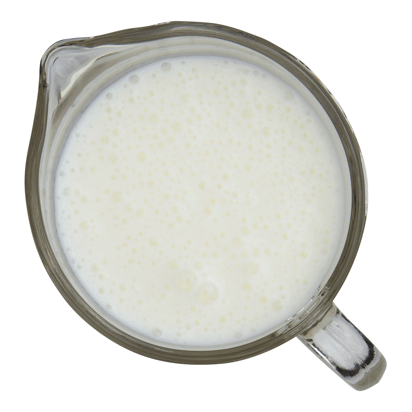
Best Milk Recipes
-
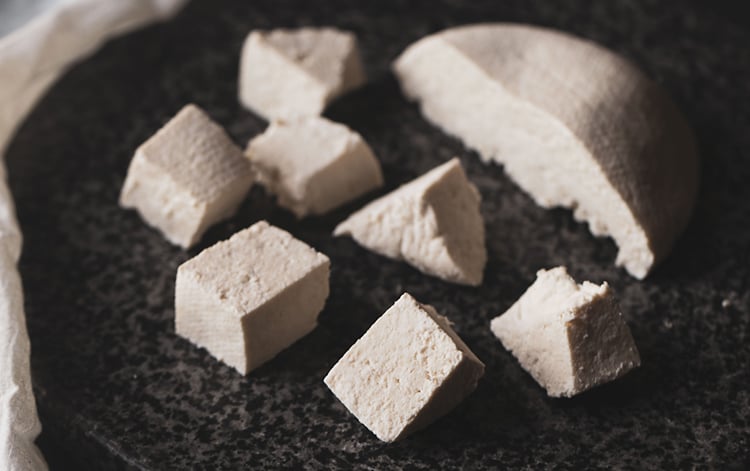
-
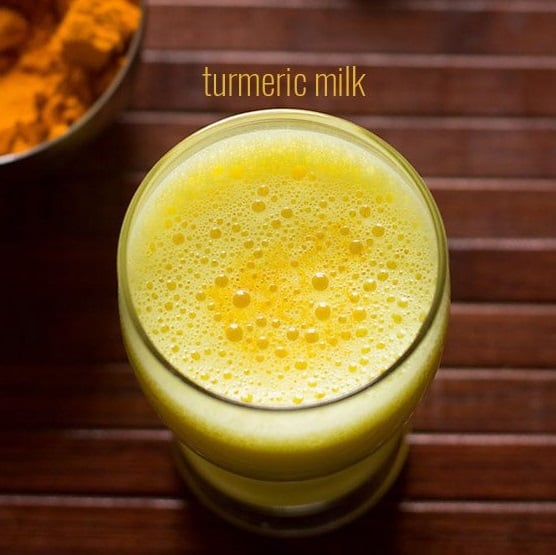
-
:max_bytes(150000):strip_icc()/__opt__aboutcom__coeus__resources__content_migration__serious_eats__seriouseats.com__recipes__images__2011__10__20111026-176871-momofuku-cereal-milk-bb256dc9f10e4483885b5dec0695ecd8.jpg)
-
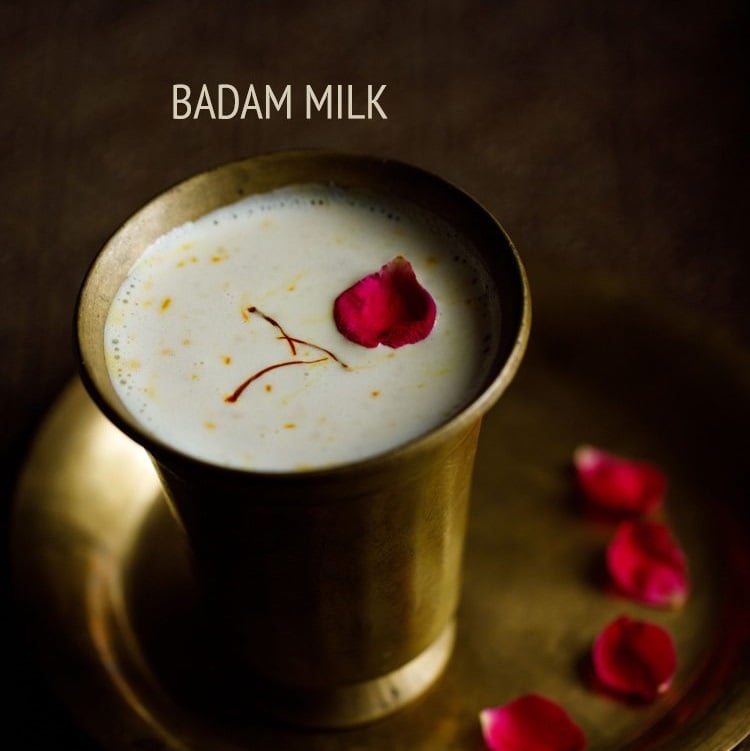
-
:max_bytes(150000):strip_icc()/__opt__aboutcom__coeus__resources__content_migration__serious_eats__seriouseats.com__recipes__images__2012__08__20120814-milk-tea-sherbet-30a93d0455144e5b869f78844c472bb1.jpg)
-

-
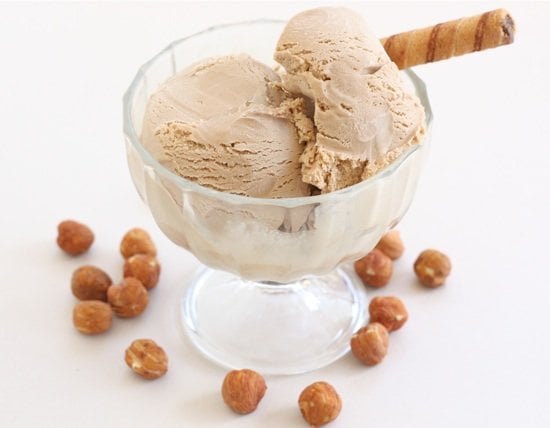
-

-
![figs milkshake Image]()
-
![Pumpkin Milkshakes Image]()
-
![Apple French Toast with Blueberries Image]()
-
![Homemade Eggnog Image]()
-
![Thick and Fluffy Pancakes From Homemade Pancake Mix Recipe Image]()
-
![Rice Pudding Recipe Image]()
-
![Liver and Onions Image]()
-
![Santa Fe Burgers Image]()
-
![Pumpkin Tapioca Pudding Image]()
-
![Creamed Spinach Breakfast Bowls Image]()
-
![Homemade Banana Pudding Cups Image]()
-
![Chicken Fried Steak Image]()
-
![Date Cinnamon Rolls Image]()
-
![The Polenta Pizza Image]()
-
![Homemade Instant Oatmeal Image]()
-
![Smoked Salmon Quiche Image]()
-
![Savory Dutch Baby Image]()
-
![Ultimate Broccoli Cheddar Casserole Image]()
-
![Chocolate Chip Monkey Bread Image]()
-
![Brown Banana Pancakes Image]()
-
![Roasted Cherry Tomato Frittata Image]()
-
![Strawberry Chocolate Milkshake Image]()
-
![Loaded Mediterranean Flatbreads Image]()
-
![Basic French Toast (No Fuss) Image]()
-
![Campfire Cinnamon Rolls Image]()
-
![Blueberry Baked Oatmeal with Pomegranate Seeds Image]()
-
![Fresh Peach Dutch Baby Image]()
-
![Puff Pastry Frittata Image]()
-
![Churro Pancakes Image]()
-
![Caramel Churro Cupcakes Image]()
-
![PBR Waffles Image]()
-
![Strawberry Waffles with Nutella Whipped Cream Image]()
-
![Homemade Tater Tots Image]()
-
![The Lox Omelet Image]()
-
![Mashed Potato Pizza Image]()
-
![Savory Bread Pudding Image]()
-
![Caramelized Onion Quiche Image]()
-
![Cherry Chocolate Pancakes Image]()
-
![Snow Shakes Image]()
-
![Corn Souffle Image]()


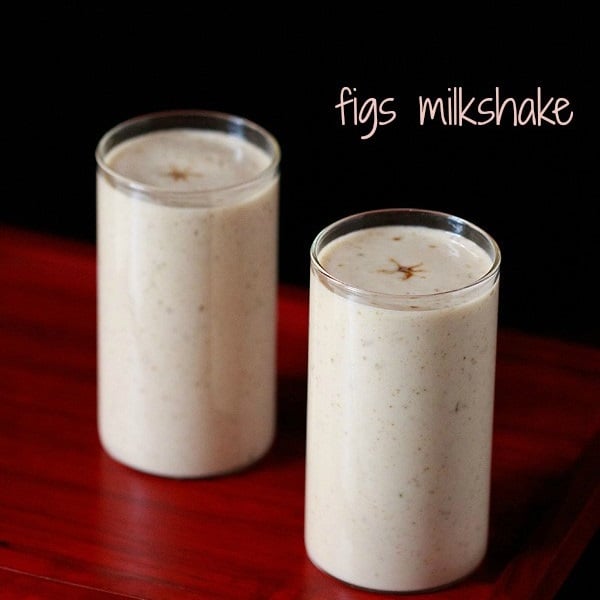


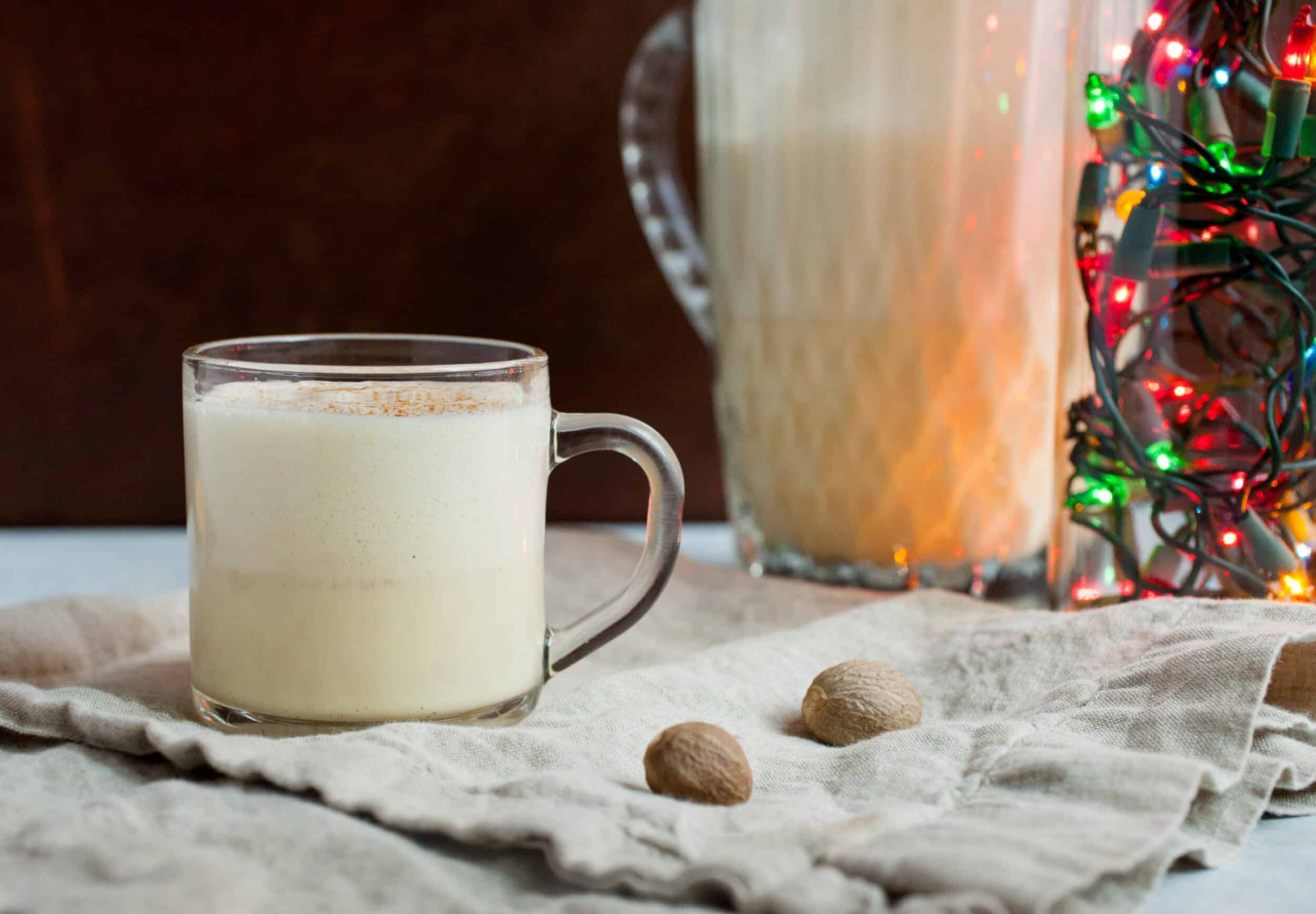
:max_bytes(150000):strip_icc()/__opt__aboutcom__coeus__resources__content_migration__serious_eats__seriouseats.com__2019__03__20190129-pancakes-vicky-wasik-25-65785016b87544f485cd40ea86f83303.jpg)
:max_bytes(150000):strip_icc()/Simply-Recipes-Rice-Pudding-LEAD-SEO-6-c5cb3403386940528c930596bed42538.jpg)
